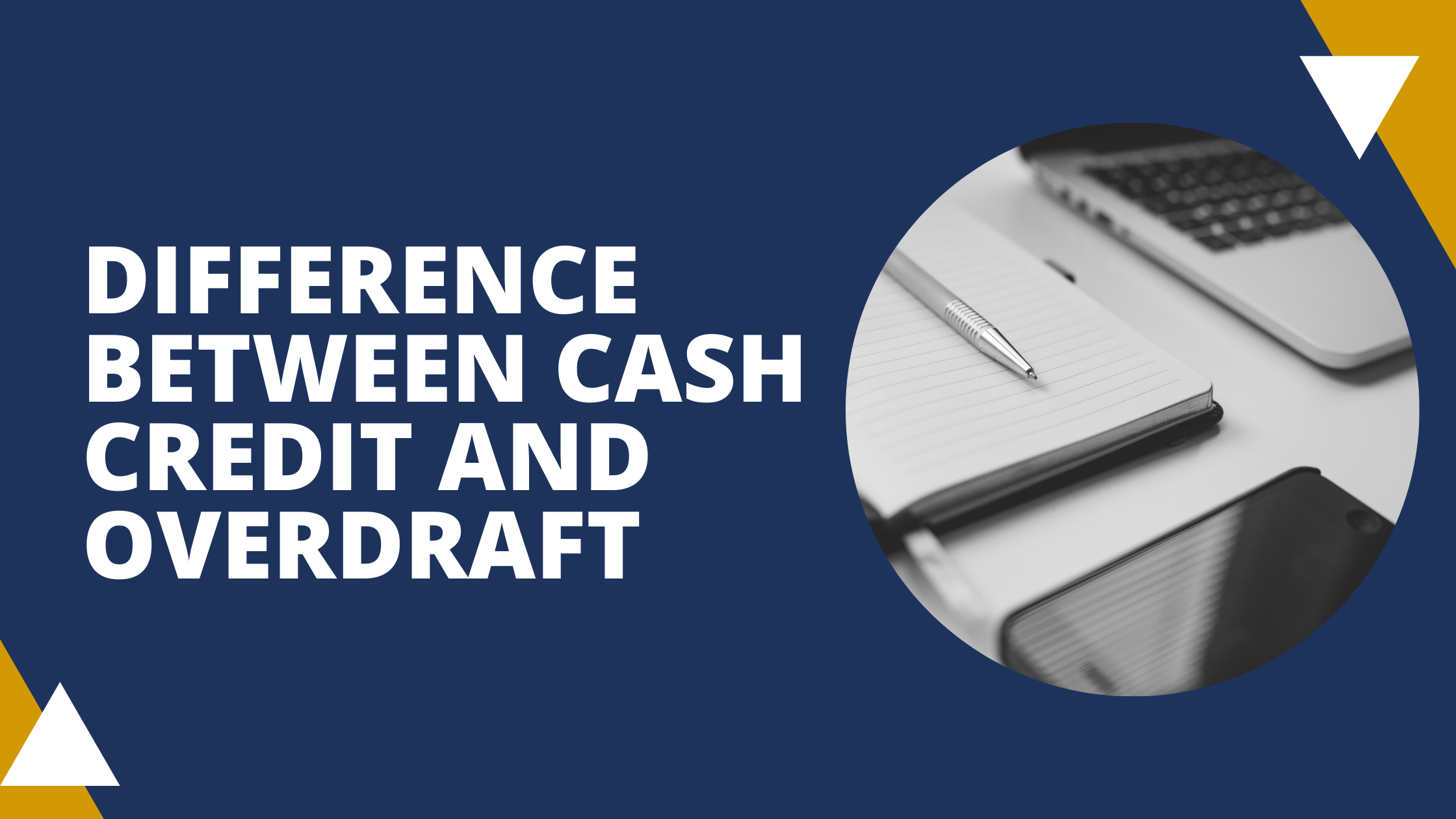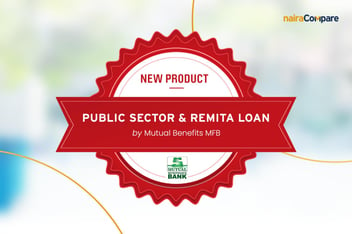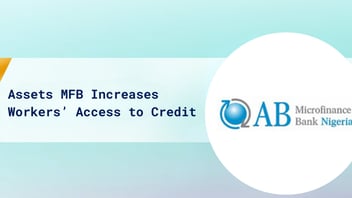
Cash Credit versus Overdraft; Know the difference
When taking a loan, be sure to catch the wind
Many times, business owners apply for a loan without having a good understanding of the terms and conditions of the loan. Whilst large corporations lean on their finance team to break down the finance jargon and provide relevant details necessary for the Executives or Board to take decisions, small business owners do not have access to such luxury of interpretations, so some business owners don’t catch the wind on the loan, especially as the focus is often on getting the loan approved.
Sometimes you need the cash immediately…
Cash credits are loans with a fixed tenor and amount. Oftentimes, lenders request inventories and other forms of assets as collateral for the loan. It is a good source of working capital for a small business, as it keeps the business operational. Interestingly, the interest rate can be affordable, especially when the borrower seeks out the lender, with the best terms on nairaCompare.
Cash credit also ensures that the business owner can fund the immediate cash flow requirement of the business. Sometimes, cash credit becomes very pertinent to keeping the production running because the buyers/distributors may not be paying immediately for goods and services. Hence, the business owner may seek cash credit to purchase more raw materials and meet other obligations, using the inventory of the business as collateral.
…but sometimes you just need to be sure you can spend money if necessary
Overdraft, however, does not get disbursed into your account, it is like a contingent loan that ensures you can access more money than what you have in your account, anytime you need more than you have. It is a loan that gives the borrower an assurance that the business can borrow up to a certain limit.
When you have an overdraft, you can issue cheques beyond what is in your bank account, without fear. Unlike cash credit, which requires that the borrower explains the use of the proceeds and borrowers may never have the liberty of changing the purpose of the loan granted. However, an overdraft gives the borrower some flexibility to determine what to do with the loan and lenders do not ask for collateral for an overdraft. Rather, the assessment of borrowers for overdraft facilities is often based on the relationship with the lender, credit history and turnover of the borrower’s account with the bank.
Know that overdrafts are more expensive
Since lenders are not sure whether you would use the overdraft or not, they tend to charge a higher interest rate. In addition, some lenders charge a commitment fee on overdraft facilities to be sure they get remunerated for keeping their monies in anticipation that you may need a loan. This means that if you know you really need the money now, it’s better to take cash credit and ensure that you judiciously use the loan in growing the business. However, having an overdraft gives confidence that you can take advantage of opportunities as they arise, and you can meet emergency expenses because you can issue a cheque beyond the amount in your bank account.
The interest rate on an overdraft is calculated based on the average value of the overdraft used within the period and not the actual limit of the overdraft. The value of the overdraft used, and the implied interest is usually calculated monthly, as against a cash credit, which would have a predetermined repayment period. The repayment of an overdraft is flexible, and the borrower can dip in and out of an overdraft by repaying and drawing on the facility at short intervals. For instance, you can draw on your overdraft to pay staff salaries and other bills and pay down the loan immediately as your cash flow improves (i.e when your customers pay). Within a short interval (days or weeks), you can draw on the overdraft to meet some other obligation, including paying for raw material supplies. Even before paying down an initial amount used from the overdraft, you may draw down more. So, you can increase or reduce the amount you utilise from an overdraft, so far it is within the limit of the overdraft.
It is important to note that, whilst overdraft is typically within a year’s tenor, a cash loan can be a source of stable working capital, with a tenor spanning over a year to ensure the stability of the business.
With some lenders plugging hidden fees, always compare lenders before you leap
In taking an overdraft as your contingency plan, be sure the terms are as clear as daylight and there are no hidden charges. Review available options on nairaCompare and be sure what you need is an overdraft and not cash credit.
#CASHCREDIT #OVERDRAFT #INTERESTRATE #FACILITYFEE #BUSINESSLOAN




